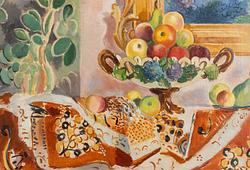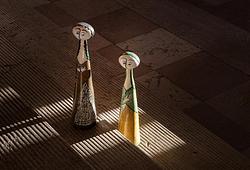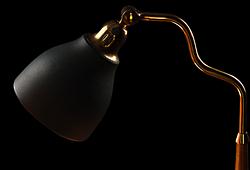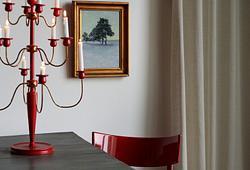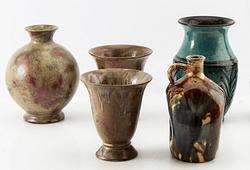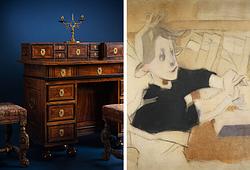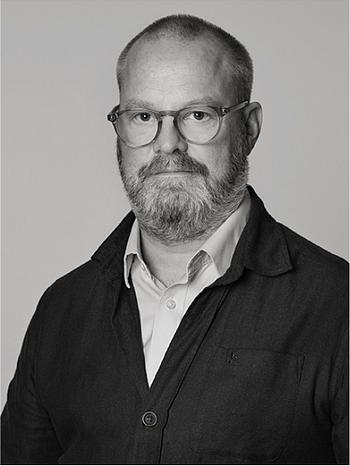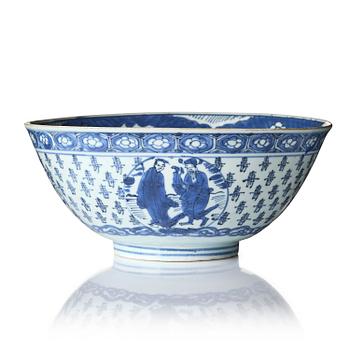William Dobson, attributed to
Portrait of Henry Rich, 1st Earl of Holland, bustlenght (1590-1649)
Oil on canvas (lined), within a painted stone oval
76.5 x 63.2 cm. The stretcher with the brand of William Morill (1838-1910), the greatest liner in Great Britain in the nineteenth century (see British picture restorers 1630-1950, 2009)
In a carved and gilt English eighteenth century frame
More information
The present picture is based on Sir Anthony Van Dyck´s full-lenght portrait of Henry Rich from circa 1638 in the Collection of the Duke of Buccleuch and Queensbury at Bowhill, Selkirk. William Dobson had access to the Royal Collection and copied works by Anthony Van Dyck, the court painter of King Charles I of England. Dobson was only able to make a modest living in the 1630s, but when Van Dyck died in 1641, he was able to get more royal commissions.
Henry Rich, The younger brother of the Earl of Warwick, was an adroit courtier and became a favourite of King James I, the first Duke of Buckingham and King Charles I. During King James' reign he was created Baron Kensington, then Earl of Holland in 1624. In 1643, Holland became associated with the "Peace Party" in Parliament which attempted to secure an end to the civil war through a negotiated settlement with the King. Holland continued to work for a negotiated settlement, and in 1645 was active in negotiations for a separate peace treaty between King Charles, the Scottish Covenanters and the English Presbyterians.
In July 1648, during the Second Civil War, Holland accompanied the second Duke of Buckingham and Buckingham's brother, Lord Francis Villiers, in leading a Royalist insurrection at Kingston in Surrey. Within a week of declaring for the King, Lord Francis had been killed, Buckingham had fled abroad and Holland was a prisoner. Along with other Royalist leaders, he was brought to trial and condemned to death for inciting a second civil war. His brother the Earl of Warwick and Lord-General Fairfax both interceded on his behalf but Parliament upheld the death sentence by 31 votes to 30. The news of the vote brought about a profound spiritual conversion in Holland just before his execution at Westminster on 9 March 1649.




